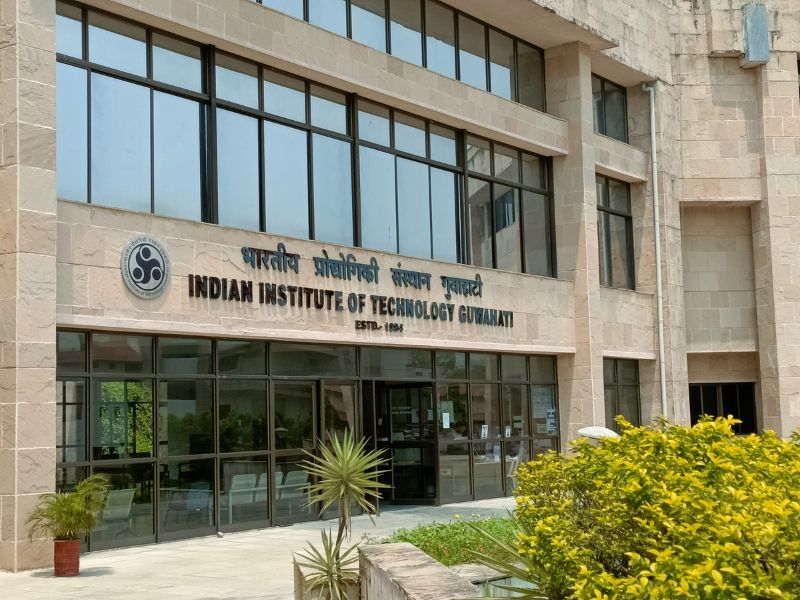Indian Institute of Technology Guwahati researchers have developed a sustainable and cost-effective method to remove toxic pollutants from industrial wastewater using biochar made from fruit waste.
Led by Dr Gopal Das, Professor, Department of Chemistry, the team has shown how biochar derived from fruit waste such as Pineapple crowns and Mosambi (sweet lime) fibers can efficiently absorb nitroaromatic compounds, a class of hazardous chemicals commonly found in wastewater from industries such as dyes, pharmaceuticals, pesticides, and cosmetics.
The findings of this research have been published in the prestigious journal, Chemical Engineering Science, in a paper co-authored by Prof. Gopal Das along with his research scholar Neha Gautam, and Dr. Deepmoni Deka, Senior Technical Officer, Centre for the Environment, IIT Guwahati.
Nitroaromatic compounds pose a significant threat to both human health and ecosystems. These chemicals are widely used in various industrial applications, but their continuous discharge into water bodies leads to severe pollution. Once in the environment, they persist for long periods, accumulating in aquatic systems and affecting both marine life and human populations. Exposure to these compounds has been linked to toxicity, cancer, and genetic mutations, making their removal from wastewater a critical challenge.
Existing treatment methods, including catalytic degradation, electrochemical processes, and biological treatments, often require expensive catalysts, specific environmental conditions, or complex equipment.
Speaking about the significance of the research, Prof. Gopal Das, Department of Chemistry, IIT Guwahati, said, “This work demonstrates how waste materials can be transformed into valuable resources for environmental protection. By using fruit waste to tackle industrial pollution, we are not only addressing water contamination but also promoting a circular economy approach to waste management.”
The same technology could also be applied to environmental remediation efforts, helping restore polluted water bodies and improve soil quality in areas affected by industrial discharge.
As the next step of prototype development, the developed method will undergo lab-scale testing, followed by field trials and market validation, before progressing to full-scale commercial production. The team aims to collaborate and engage with key stakeholders who can provide the necessary support in bringing the product to market.
Also read: IIT Guwahati signs MoU for high-yield C-Phycocyanin Production Technology
